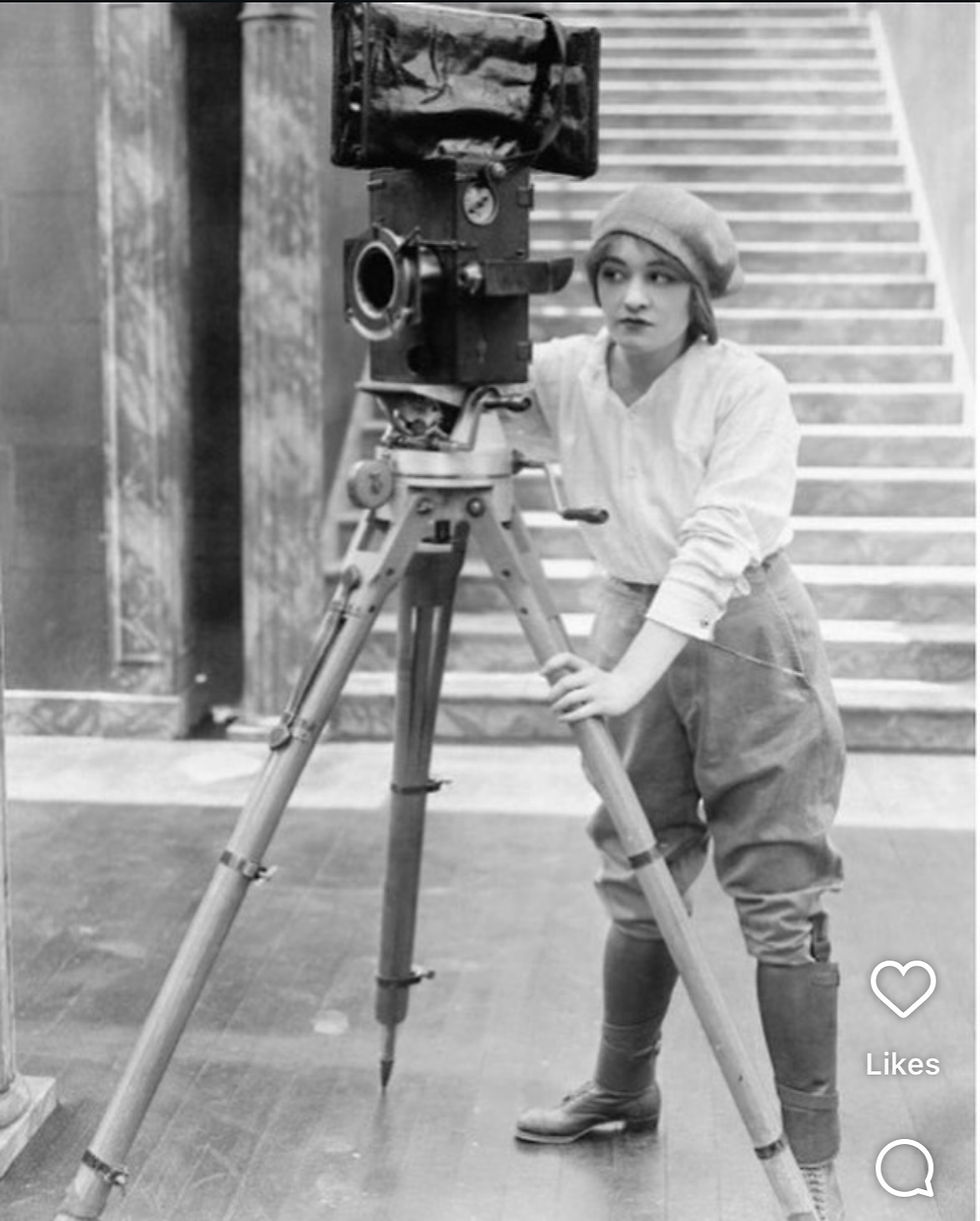Who was ALICE GUY- BLACHE?
- FLM Team

- Aug 18
- 2 min read

The first female director is often credited as Alice Guy-Blaché, who began her career in the late 19th century. She started making films in 1896 and went on to direct over 1,000 films, making significant contributions to the early development of cinema. Her work included various genres, and she was a pioneer in storytelling techniques that are still used today.
HER CONTRIBUTIONS to modern day filmmaking
1. Narrative Storytelling: She was among the first to use a narrative structure in her films, moving beyond simple scenes or vignettes to create cohesive stories with character development.
2. Special Effects: Guy-Blaché experimented with special effects, such as double exposures and stop-motion techniques, to enhance storytelling. For example, her film "The Cabbage Fairy" (1896) featured imaginative visual effects that captivated audiences.
3. Synchronized Sound: Although sound films were not the norm during her time, she experimented with synchronized sound in some of her works, anticipating the future of cinema.
4. Color Films: She utilized hand-coloring techniques in her films, which added a vibrant quality to the visuals. This was a labor-intensive process but allowed for more artistic expression.
5. Diverse Genres: Guy-Blaché created films across various genres, including comedies, dramas, and fantasy, showcasing her versatility and willingness to push the boundaries of traditional filmmaking.
6. Social Commentary: Many of her films included themes of social relevance, reflecting contemporary issues such as women's rights. This narrative depth was innovative for early cinema.

Through these techniques, Alice Guy-Blaché not only contributed to the evolution of filmmaking but also laid the groundwork for future generations of filmmakers.
She holds a significant place in cinema history for several reasons:
1. Pioneering Female Filmmaker: She was one of the first women to direct films, breaking gender barriers in an industry predominantly led by men. Her success paved the way for future female filmmakers.
2. Early Narrative Techniques: Guy-Blaché experimented with narrative storytelling, incorporating special effects and innovative editing techniques. She was one of the first to use synchronized sound and color in film.
3. Prolific Output: She directed over 1,000 films, which is an impressive feat for her time. Her diverse body of work included comedies, dramas, and educational films, showcasing her versatility as a filmmaker.
4. Founding a Studio: In 1910, she founded her own production company, Solax Studios, in New Jersey, which was one of the first studios owned and operated by a woman. This not only demonstrated her entrepreneurial spirit but also provided opportunities for other filmmakers.
5. Cultural Impact: Her films often addressed social issues, such as women's rights and family dynamics, reflecting the societal changes of her time. She helped shape early cinematic narratives and contributed to the evolving role of women in society.
Overall, Alice Guy-Blaché's contributions to film were foundational, influencing both the art form and the role of women in the industry.









Comments